How to keep your lawn healthy
A healthy lawn is a happy lawn that can be enjoyed year after year. Keeping your lawn healthy doesn’t have to be a difficult job. Completing smaller tasks on a more regular basis can mean that you won’t have as many jobs to do when summer arrives. Here are 6 steps you can take to keep your lawn in good condition.
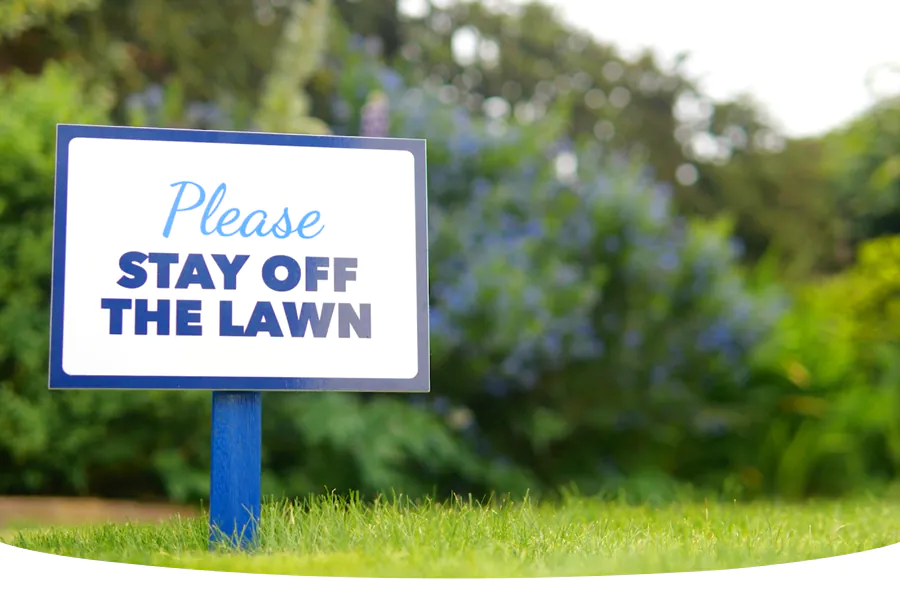
Step One: Feed your lawn

Lawns that aren’t fed are at more risk of disease, weeds and yellowing. Feeding your lawn is a one application task that has results that will last from 6 weeks up to 4 months.
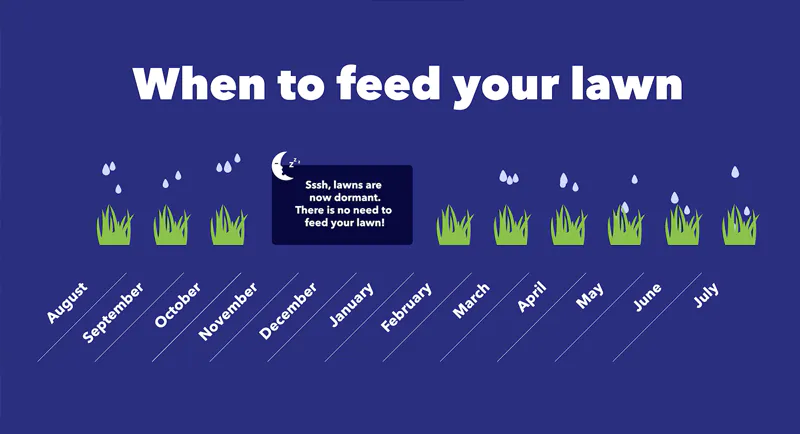
Feeding your lawn twice a year, in spring and autumn can really give your lawn the boost it needs –when it needs it most.
Step Two: Remove weeds and moss from your lawn

Removing weeds and moss as they appear helps your grass to thrive. Moss can be routinely raked out from your lawn, and weeds can be dug out in the early stages as they appear.
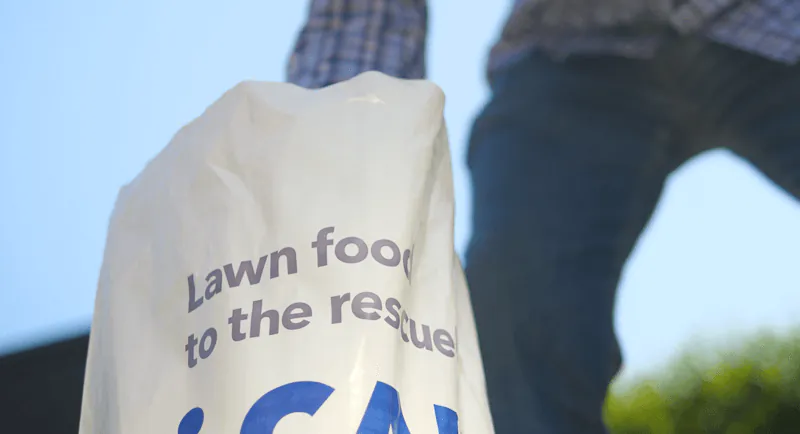
If you let weeds and moss take over, you can cure this with a Feed, Weed and Moss Killer such as our 3 IN 1 Lawn Rescue.
Step Three: Water when necessary

Due to the generous amount of rain we receive in the UK watering your lawn is not necessary throughout much of Autumn, Winter and sometimes even early Spring.

But during a heatwave or drought, grass can begin to yellow and this is an indication that it needs watered.

You should water the lawn right away, and then aim to water the lawn deeply between 10 – 14 days apart after this - ensuring all areas receive an inch of water.
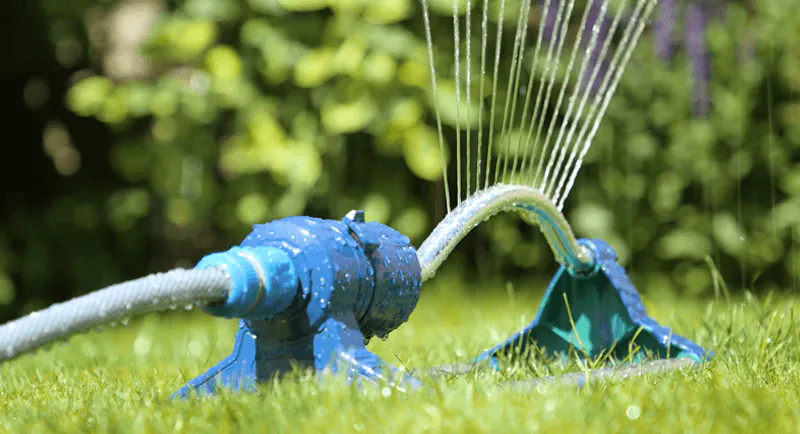
This will help your lawn bounce back when regular rainfall returns.
Step Four: Seasonally overseed

Overseeding your lawn each year or repairing patches that get a lot of wear and tear, can help to create a thick and lush green lawn and keep it in good condition.
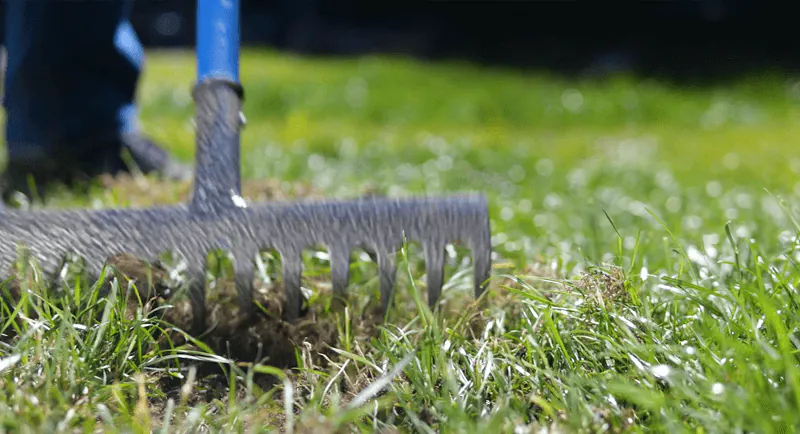
The preparation for the overseeding process also encourages you to keep your lawn weed and moss free, year on year.
Step Five: Mow correctly

Generally, you should mow your lawn once a week in spring and summer to keep it healthy. Don’t cut too short or let it get overgrown either.
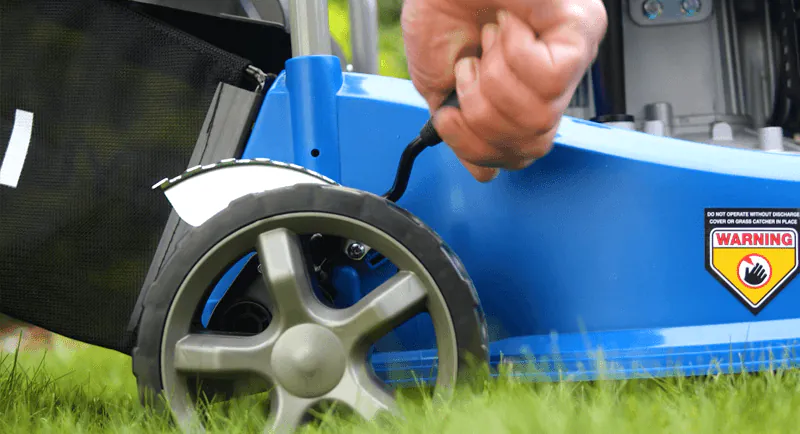
For your first and last mow of the season you should mow on the highest setting of your lawnmower. You can gradually drop the setting throughout the season.

Lawns that get a lot of use should be mown at 20-40mm, and finer lawns at 10-20mm. During a drought, you should not mow your lawn.
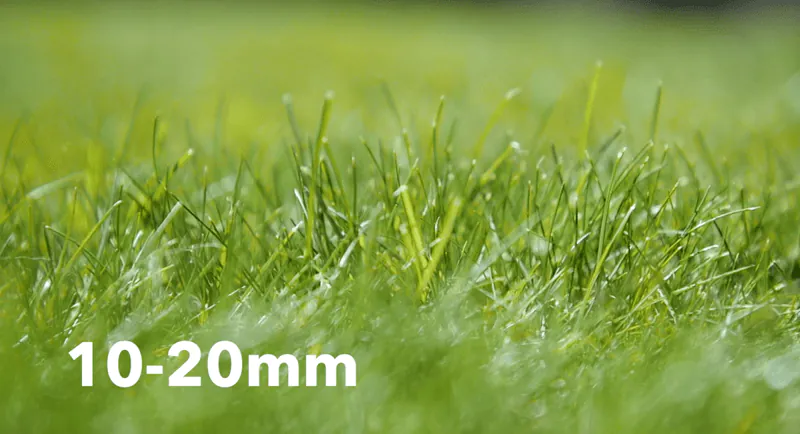
Step Six: Pay attention to seasonal advice
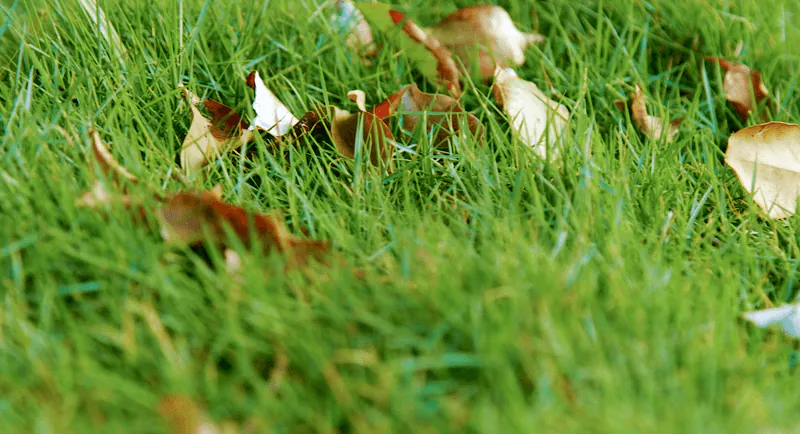
During autumn you should remove leaves from your grass – as this can encourage disease in your lawn.
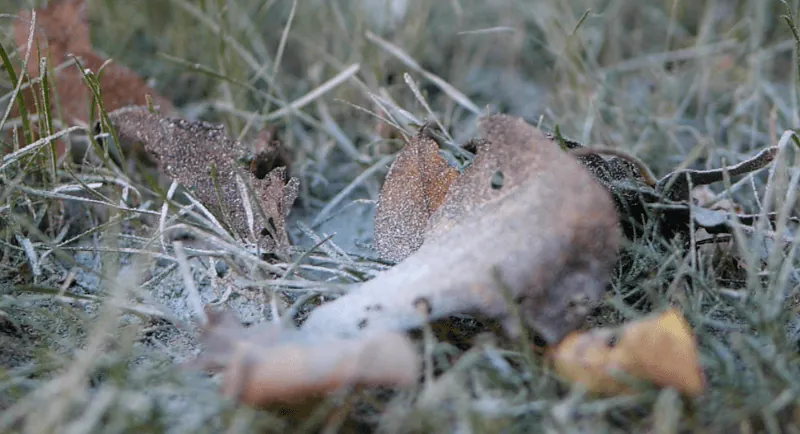
Don’t walk on your lawn when there is snow or frost, as this can damage your grass.



